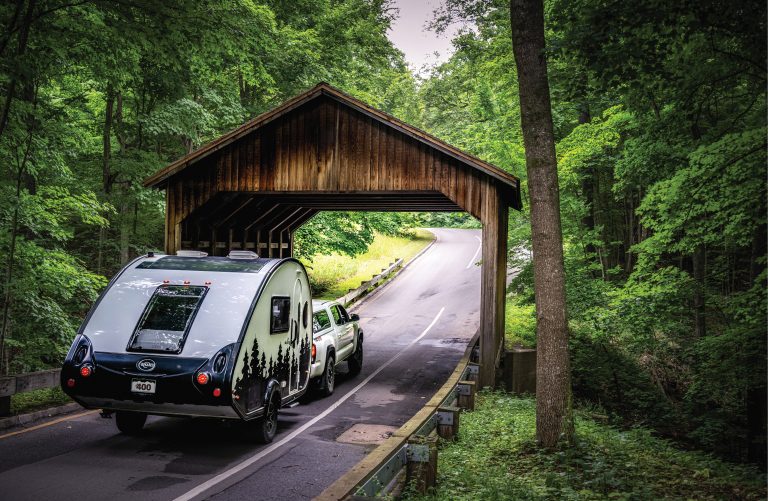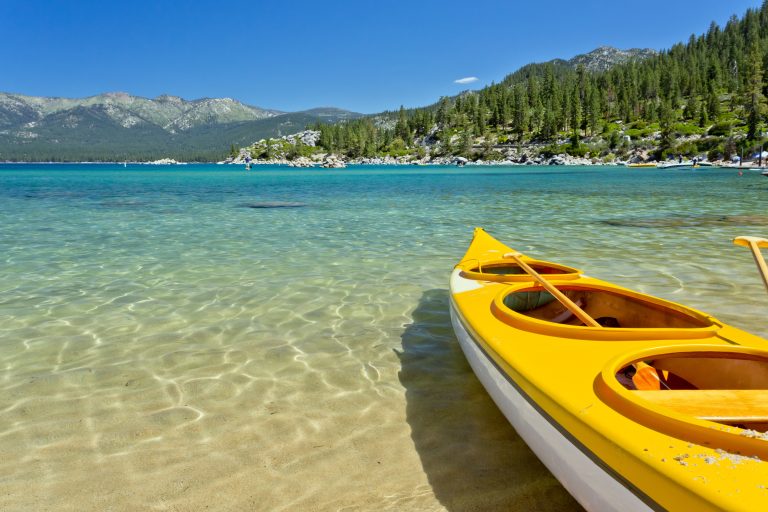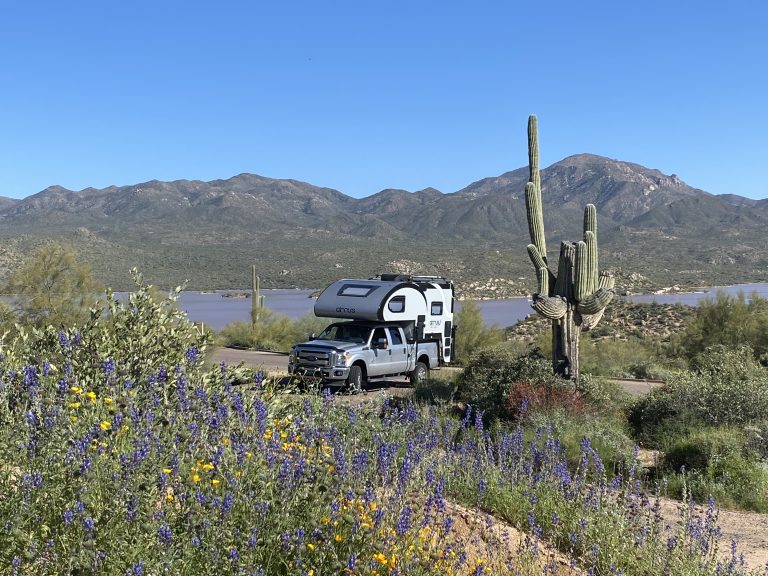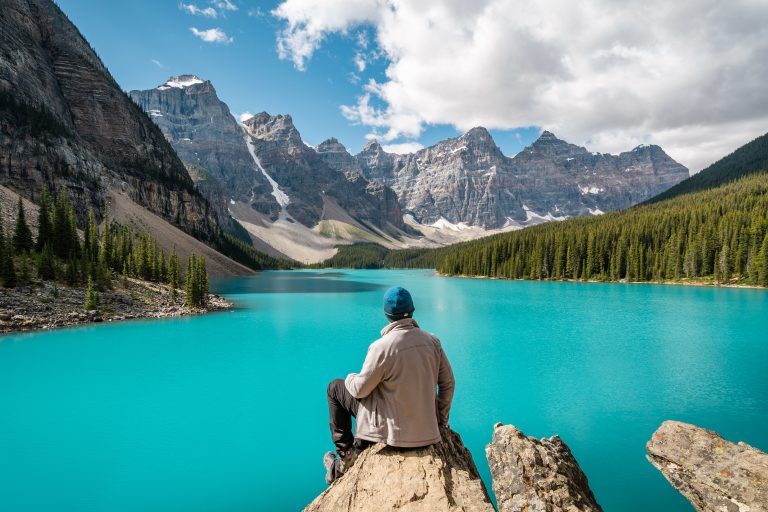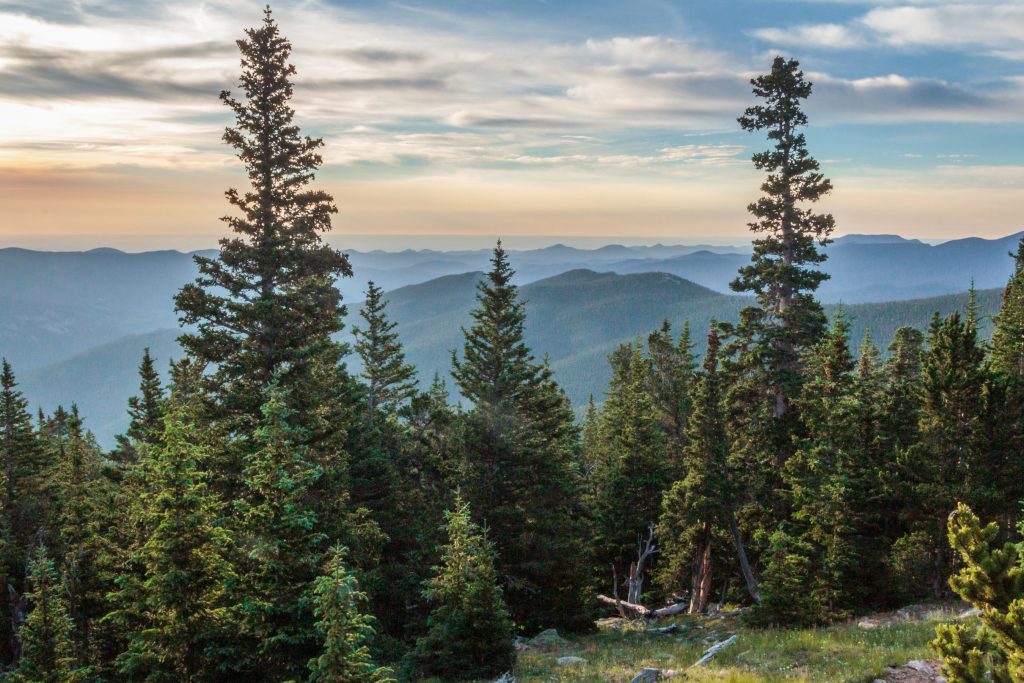Celebrate National Forest Week by exploring the country’s beautiful forests and grasslands.
Each year, the National Forest Foundation hosts National Forest Week. This year, it falls July 11-17. The week is dedicated to enjoying our National Forests and Grasslands and the beauty they bring to our country.
The U.S. is home to 155 National Forests located in 44 different states. More than 7 in 10 of all residents live within 100 miles of a National Forest.

Forests not only provide beautiful scenery as you’re driving down the highway, but they also provide habitats for more than 3,000 species of fish and wildlife. Forests protect fish habitats by preventing erosion, filtering out pollutants, and shading water.
At nuCamp, we’re all about camping. We’re the world’s largest teardrop trailer manufacturer after all! One of the coolest things about national forests is that you can often find places to camp there for free. There are also over 4,000 developed campgrounds where you can camp for a fee. With 155 National Forests, that adds up to 190 million acres of forest land available for recreation.
What is dispersed camping?
Many outdoor enthusiasts and campers prefer the solitude of camping away from others outside of a developed campground. Dispersed camping refers to anywhere in a National Forest outside of a designated campground. There are no services — meaning no trash removal and no amenities like shower houses and bathrooms, so you’ll be boondocking or dry camping. Also, dispersed camping is typically free.
Where can I disperse camp?
You can’t just set up camp wherever you’d like, so the safest option is to contact the nearest Forest Service office. You can also use apps to search the area such as Campendium.
Usually, dispersed camping is not allowed near developed recreation areas. This includes campgrounds, picnic areas, and trailheads.
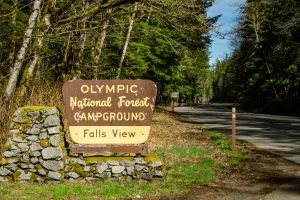
A few guidelines: Dispersed camping is allowed in a one-mile perimeter away from campgrounds, 100 feet away from a stream, and 150 feet from a roadway. Best practices include camping on soil to avoid damaging or killing plants and grass, and if it looks like someone else has camped there, try to camp in the same place they did previously.
Rules for Dispersed Camping
- Groups of over 75 people who wish to use the forest, need to obtain a special use permit. There is no fee and permits can be obtained at the nearest District Office.
- You need to be self-contained. No amenities are provided; such as water, restrooms, or trash cans.
- You may camp in a dispersed area for up to 16 days. After 16 days, you must move at least 5 road miles for camping in another dispersed area. Campers may not spend more than 16 days of any 30-day period at the same dispersed area.
- Please place your campsite at least 100 feet from any stream or other water source.
- Keep a Pack-In Pack-Out camp. Follow Leave No Trace guidelines.
- Contact the local Forest Service office to see if any restrictions, especially fire restrictions are in place.
- Be Bear Aware. There are bears in the National Forest, so camp accordingly.
For more information about dispersed camping and National Forests, visit the U.S. Department of Agriculture Forest Service.
Recreate Responsibly
No matter how you celebrate National Forest Week, be mindful while you are enjoying our National Forests and Grasslands. Practice the Leave No Trace seven principles to help guide you in protecting the environment while enjoying the great outdoors.
- Plan ahead and prepare
- Travel and camp on durable surfaces
- Dispose of waste properly
- Leave what you find
- Minimize campfire impacts
- Respect wildlife
- Be considerate of other visitors
By following these simple guidelines, we can help keep our forests beautiful and clean. We hope everyone has a wonderful National Forest Week! Happy camping!
Recent Articles
